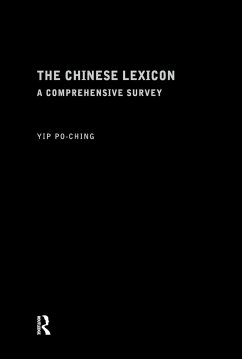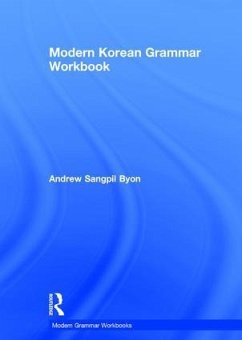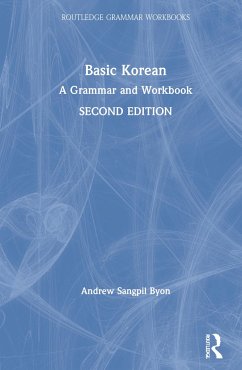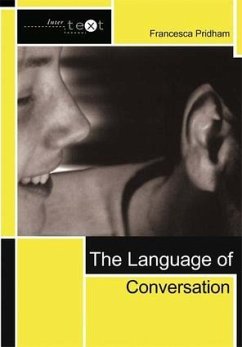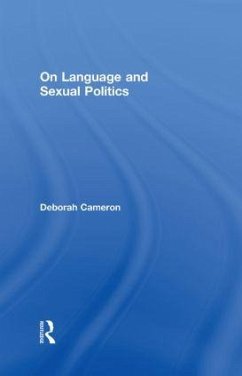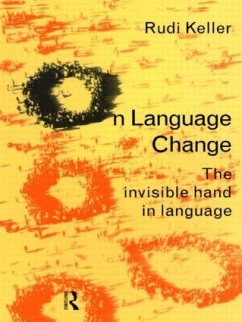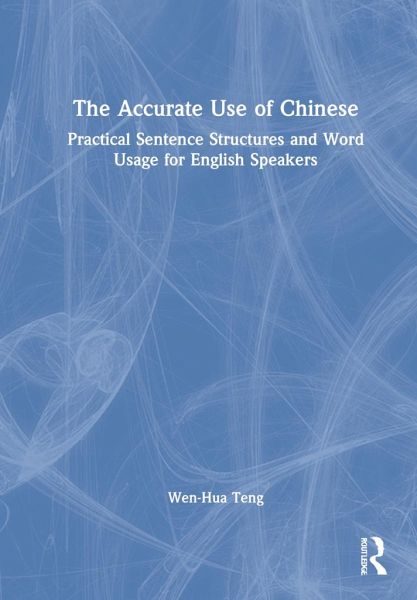
The Accurate Use of Chinese
Practical Sentence Structures and Word Usage for English Speakers
Versandkostenfrei!
Versandfertig in 1-2 Wochen
168,99 €
inkl. MwSt.
Weitere Ausgaben:

PAYBACK Punkte
84 °P sammeln!
The Accurate Use of Chinese is a unique resource for learners of Chinese who are English speakers. The primary goals are to help these learners leverage their existent knowledge in English and navigate the Chinese system with fewer obstacles; and also to help them prevent errors of which the underlying cause may be English.





